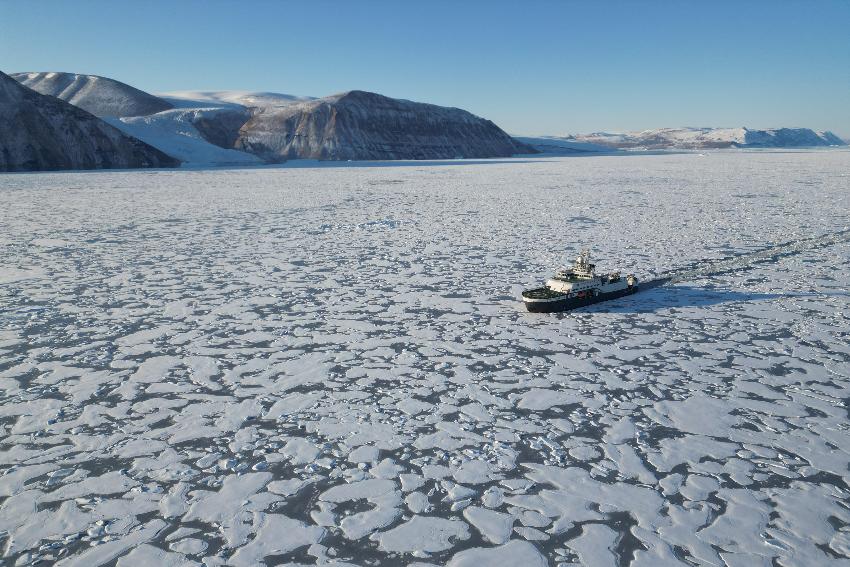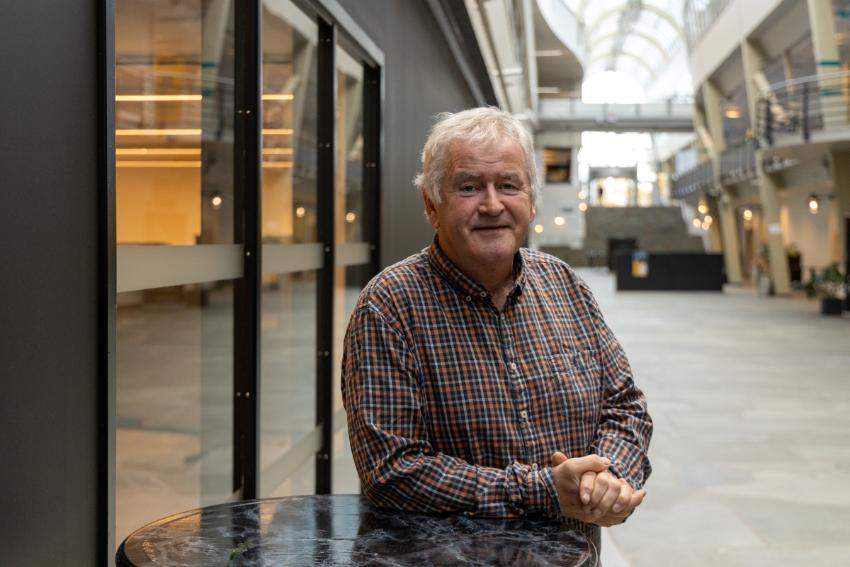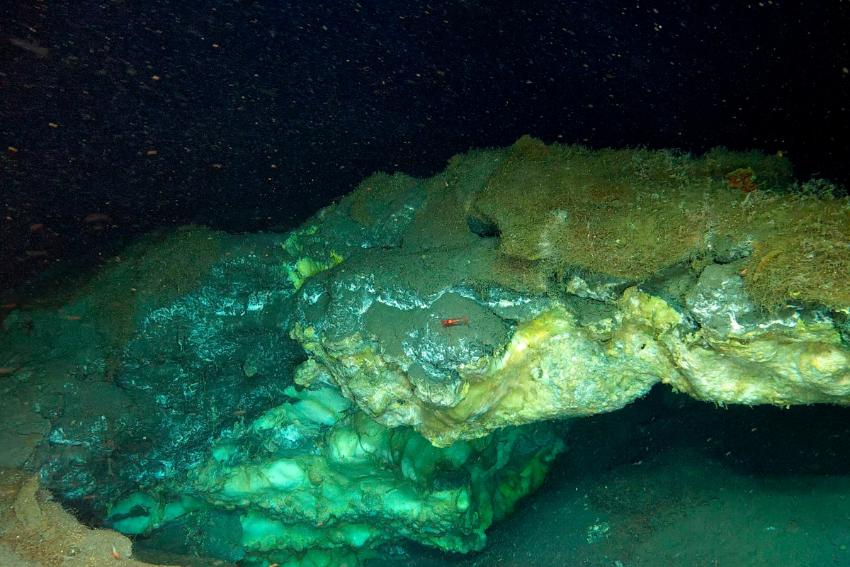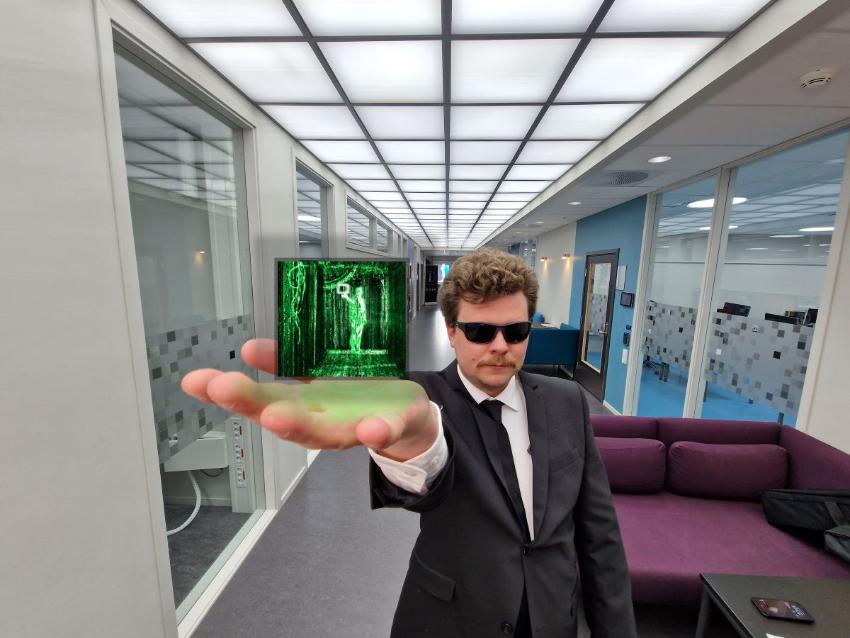Understanding the Evolution of Cell Types: Insights from MicroRNAs and Endothelial Cells
Animals are composed of many thousands to trillions of cells. But cells are not just cells: all animals are composed of many different types of cells such as nerve or muscle cells. As the evolution went its course, more and more new cell-types appeared, with humans having the highest number.
Where do all these different types of cells come from?
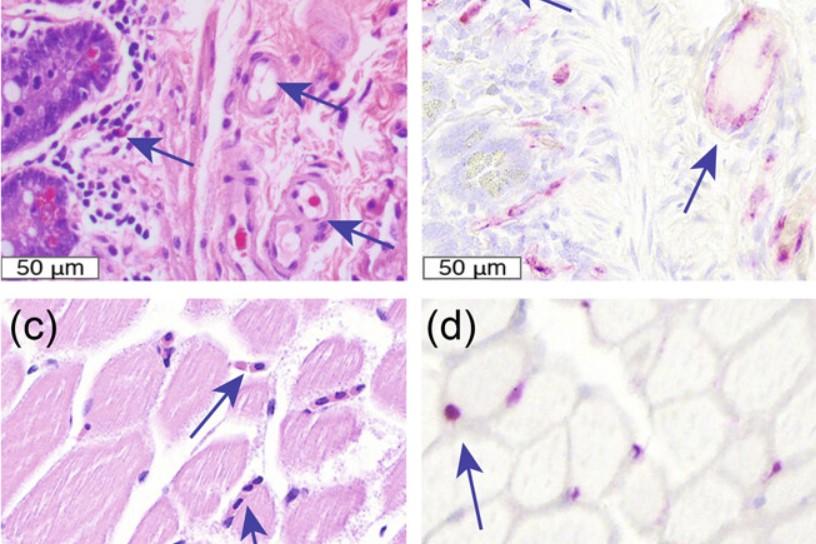
For a long time, this has been one of the more intriguing questions in biology. Initially, it was believed that the increasing number of cell-types in vertebrates and humans was because we have more genes or larger genomes. However, the revolution of genome sequencing could not confirm this. In fact, even relatively simple organisms such as sponges have the same number of genes as we do, while grasshoppers have much bigger genomes than humans!
Could the explanation come from the part of our genomes that does not contain regular genes? This part of our genome has previously been overlooked and even been called “junk DNA”.
My research team at the Arctic University Museum of Tromsø, supported by the Tromsø Research Foundation and UiT - The Arctic University of Norway investigate how the so-called "dark matter" of genomes contribute to the evolution of cellular complexity.
Together with collaborators Dr. Marc Halushka from the Johns Hopkins University School of Medicine and Dr. Kevin Peterson (Dartmouth, USA), we have now studied the evolution of a new cell type following the evolution of a specific microRNA. In contrast to so called messenger RNA, which are molecules in the cell who are essential to the production of proteins, microRNAs help regulating which genes are turned on or off. They have recently been found to correlate in number with the increasing complexity in animals – the more microRNAs you have, the more complexity you have in your cell types. And even though many microRNAs are present in specific cell-types only, their role in cell type evolution was unclear.
Endothelial cells as a model for cell-type evolution?
We studied a cell-type called endothelial cells that is only found in vertebrates. Endothelial cells form a single cell layer that lines all blood vessels. Therefore, this cell-type represents a very important innovation that led to the most efficient blood circulation system in the animal kingdom. However, it is unclear how, or from which other cell-type, endothelial cells originated during evolution. Interestingly, only endothelial cells show the presence of the specific microRNA Mir-126, indicating it could be critical for the identity of the cell-type.
We have now discovered that Mir-126 is already present in tunicates. Tunicates are marine invertebrates closely related to vertebrates and do not have endothelial cells and the highly efficient blood circulatory system that vertebrates have. In the study led by a PhD student Ana Jenike, we investigated in which cells in the tunicate the microRNA was found.
We found that Mir-126 is only present in a blood stem cell-type called granular amoebocytes. This supports the previously proposed hypothesis that endothelial cells evolved directly from blood cells and refutes other hypotheses.
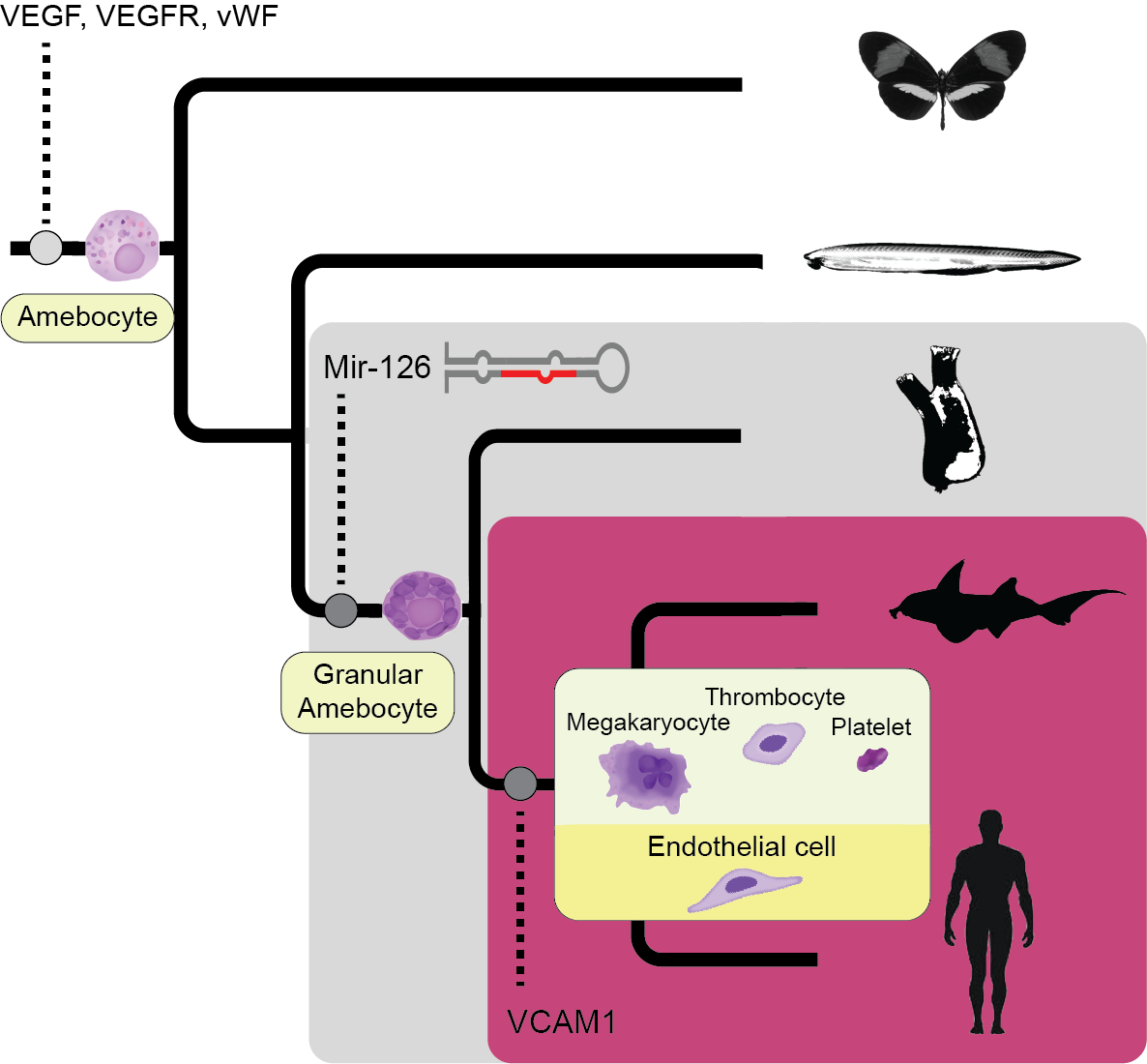
Our study was recently published in the journal “Evolution & Development” and it provides valuable insights into the evolutionary origin of endothelial cells. That insight, in turn, enhances our understanding of the role microRNAs play in cell type specification and evolution. Unravelling the molecular mechanisms underlying cellular diversity is essential for comprehending the complexities of animal evolution and their implications for human health where cell-type determination can lead to diseases such as thrombosis and cancer.
-
Fiskeri- og havbruksvitenskap - bachelor
Varighet: 3 År -
Fiskeri- og havbruksvitenskap - master
Varighet: 2 År -
Akvamedisin - master
Varighet: 5 År -
Bioteknologi - bachelor
Varighet: 3 År -
Arkeologi - master
Varighet: 2 År -
Geosciences - master
Varighet: 2 År -
Biology - master
Varighet: 2 År -
Physics - master
Varighet: 2 År -
Mathematical Sciences - master
Varighet: 2 År -
Biomedicine - master
Varighet: 2 År -
Computational chemistry - master
Varighet: 2 År -
Biologi - bachelor
Varighet: 3 År -
Medisin profesjonsstudium
Varighet: 6 År -
Luftfartsfag - bachelor
Varighet: 3 År -
Informatikk, datamaskinsystemer - bachelor
Varighet: 3 År -
Informatikk, sivilingeniør - master
Varighet: 5 År -
Geovitenskap- bachelor
Varighet: 3 År -
Biomedisin - bachelor
Varighet: 3 År -
Kjemi - bachelor
Varighet: 3 År -
Matematikk - årsstudium
Varighet: 1 År -
Ergoterapi - bachelor
Varighet: 3 År -
Fysioterapi - bachelor
Varighet: 3 År -
Radiografi - bachelor
Varighet: 3 År -
Farmasi - bachelor
Varighet: 3 År -
Farmasi - master
Varighet: 2 År -
Romfysikk, sivilingeniør - master
Varighet: 5 År -
Klima og miljøovervåkning, sivilingeniør - master
Varighet: 5 År -
Bærekraftig teknologi, ingeniør - bachelor
Varighet: 3 År -
Odontologi - master
Varighet: 5 År -
Anvendt fysikk og matematikk, sivilingeniør - master
Varighet: 5 År -
Praktisk-pedagogisk utdanning for trinn 8-13 - årsstudium (deltid)
Varighet: 2 År -
Internasjonal beredskap - bachelor
Varighet: 3 År -
Ernæring - bachelor
Varighet: 3 År -
Ph.d.-program i naturvitenskap
Varighet: 3 År -
PhD Programme in Natural Science
Varighet: 3 År -
PhD Programme in Science
Varighet: 3 År -
Lektor i realfag trinn 8-13 - master
Varighet: 5 År -
Kunstig intelligens, sivilingeniør - master
Varighet: 5 År -
Fysikk og matematikk - bachelor
Varighet: 3 År -
Nautikk - bachelor
Varighet: 3 År -
Medisin profesjonsstudium - forskerlinje
Varighet: 7 År -
Havteknologi, ingeniør - bachelor (ordinær, y-vei)
Varighet: 3 År -
Informatikk, datafag - bachelor
Varighet: 3 År -
Computer Science - master
Varighet: 4 År -
Fornybar energi, sivilingeniør - master
Varighet: 5 År -
Bærekraftig kjemi og innovasjon, sivilingeniør - master
Varighet: 5 År -
Marine Biotechnology and Biological Chemistry - master
Varighet: 2 År

